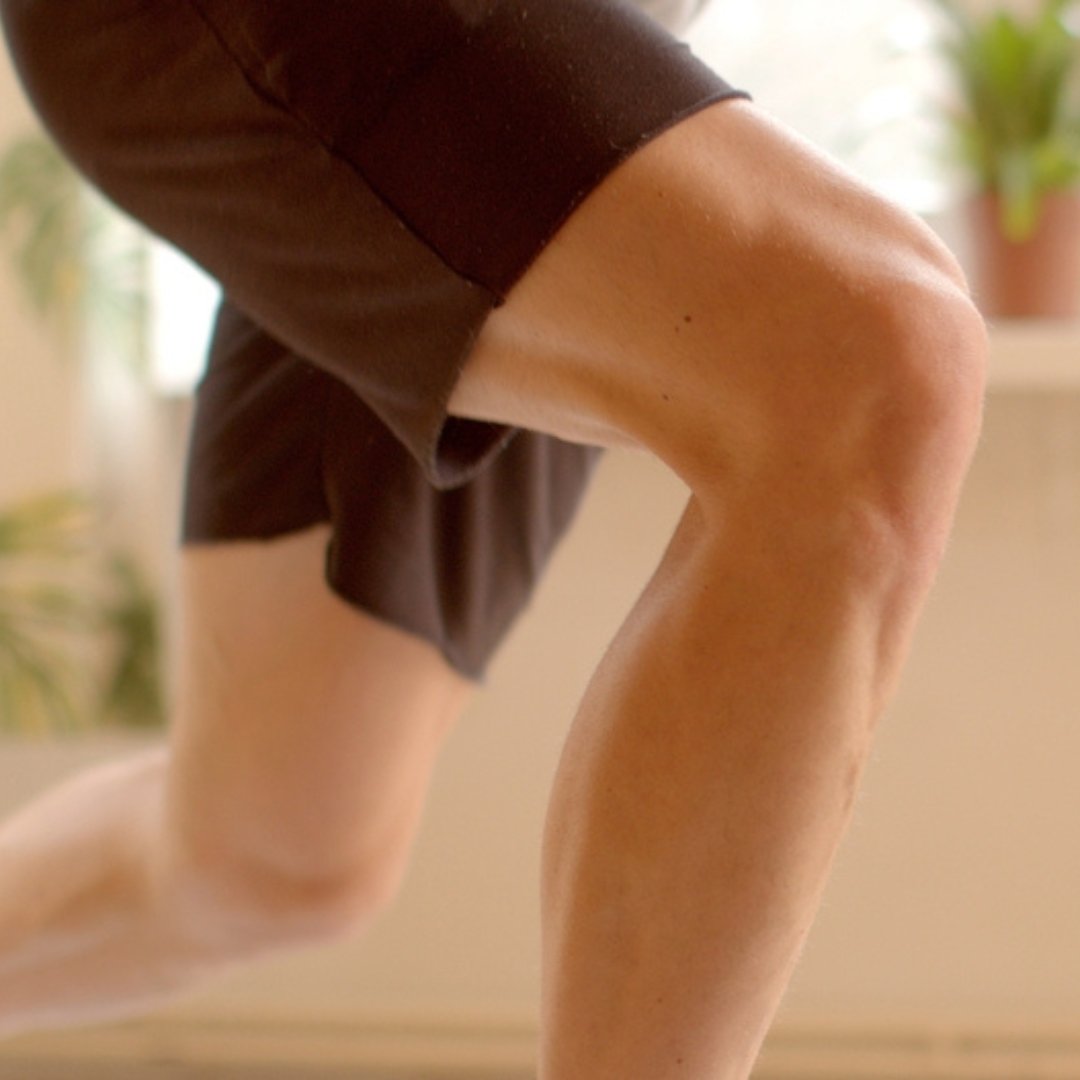
How Soon Should You Go Back to Driving After Knee Replacement Surgery?
Driving after knee replacement surgery? Learn when it’s safe to return to the road and how to manage stiffness, pedal control, and long-drive comfort.
Swelling and stiffness. These two are the main tag-team opponents you face in knee recovery, and believe me, they know how to throw a punch. After total knee replacement surgery, these symptoms are common, expected, and, while frustrating, very manageable with the right tools and techniques. As a physical therapist who’s helped many people regain their stride post-op, I want you to know that you’re not alone in this. You’re not broken. And you’re certainly not stuck. Let’s talk about why swelling and stiffness happen, what you can do about them, and how to tell the difference between normal healing and warning signs.
After total knee replacement surgery, your body naturally reacts with inflammation. This is part of your immune system's healing response. Fluid rushes to the area, and with it comes swelling. It’s a sign that your body is working hard, but it can feel like a setback, especially when it limits your range of motion or makes bending your knee feel impossible.
Swelling is usually most intense in the first couple of weeks post-op. You might see puffiness around the joint, tightness in your calf, or even swelling that travels down into your ankle. That fluid takes the path of least resistance, and gravity tends to help it head south.

Stiffness often goes hand-in-hand with swelling. When your joint is inflamed and fluid-filled, it becomes harder to move. But stiffness isn’t just about fluid. It also comes from scar tissue formation and protective muscle guarding. Your knee joint has been through a lot, and the surrounding muscles often tighten up as a protective response. Combine that with a healing incision, and you’ve got the perfect storm for limited motion.
The good news? You can break through that stiffness with consistent movement, gentle stretching, and guidance from your physical therapist. The key is to start early and keep going, even when it feels tough.
Everyone’s timeline is different, but most people experience some degree of swelling and stiffness for several weeks after surgery. The first 7–10 days are the most intense. After that, with appropriate movement and care, swelling usually starts to decrease.
Stiffness may linger longer, sometimes for months, but it becomes more manageable as you gain strength and improve your mobility. Long-lasting stiffness or persistent swelling that doesn’t improve could signal a problem, which we’ll talk about shortly.
Raising your leg above the level of your heart helps fluid drain more effectively. Prop your leg up with pillows while lying down, aiming for 20–30 minutes at a time, several times a day. Ideally, you will want to support your entire leg (thigh to ankle) with pillows, and ensure your leg is as straight as possible.
A gentle compression wrap or stocking can help keep swelling in check by encouraging lymphatic drainage. Just be sure it’s not too tight. You should still be able to slide two fingers under the wrap.
An ice pack can be your best friend. Cold therapy helps reduce inflammation and numb pain. Use a cold pack or ice wrap for 15–20 minutes at a time, especially after exercise or prolonged standing.
Movement promotes circulation, which helps your body move excess fluid out of the joint. Simple ankle pumps, the dreaded heel slides, and walking with support can keep things flowing.
These are non-negotiable. Gentle knee bending and straightening exercises performed throughout the day can help keep your joint mobile. Even a few reps every hour can add up to meaningful progress.
Sometimes stiffness isn’t just about the joint, but about your muscles refusing to cooperate. Simple exercises like quad sets (tightening the thigh muscle) or hamstring sets can help wake those muscles up and support your movement.
Tight tissues around the knee, especially the IT band, calf, and hamstrings, can restrict motion. Gentle stretching and soft tissue massage can help reduce that restriction and improve comfort.

Some swelling and stiffness are expected, but it’s important to know when they could be signs of a bigger issue. Give your doctor or physical therapist a call if you notice any of the following:
It’s always better to ask than to wait. The earlier we can address a potential issue, the smoother your healing journey will be.
Every knee is different, and your progress might not look like someone else’s. What matters most is staying consistent, asking questions, and giving your body what it needs: movement, support, and time. If you feel stuck, if the swelling and stiffness are getting in the way of your goals, or if you’re just tired of trying to figure it all out on your own, there’s no shame in getting help.
Whether you’re just beginning your total knee replacement recovery or you’ve been healing for weeks and still feel behind, you’re not alone. Swelling and stiffness are common challenges, but they’re not unbeatable. Programs like GoKnee can help reduce both through targeted, easy-to-follow exercises designed to support your recovery every step of the way.
Remember, this healing process is not a sprint. It’s a dance between rest and effort, stiffness and stretch, hope and hard work. Every time you get up and move, or work through that first painful bend, you’re making progress. Good luck on your knee journey!
Good knees start here. Don’t miss a step—subscribe to KneeMail for free tips from knee expert Shehla Rooney, PT!

Driving after knee replacement surgery? Learn when it’s safe to return to the road and how to manage stiffness, pedal control, and long-drive comfort.

Protect your knee health with lifestyle tips, exercises, and therapies that help prevent degeneration and support long-term joint comfort.

Sex after knee replacement surgery is safe with the right timing, tips, and support. Learn how to return to intimacy with confidence.

Learn how neuromuscular training improves knee stability, balance, and proprioception to support joint health and prevent injuries.

Learn why knee stiffness isn’t only caused by aging and discover strategies to ease pain, improve mobility, and support long-term knee health.